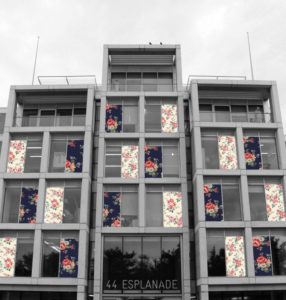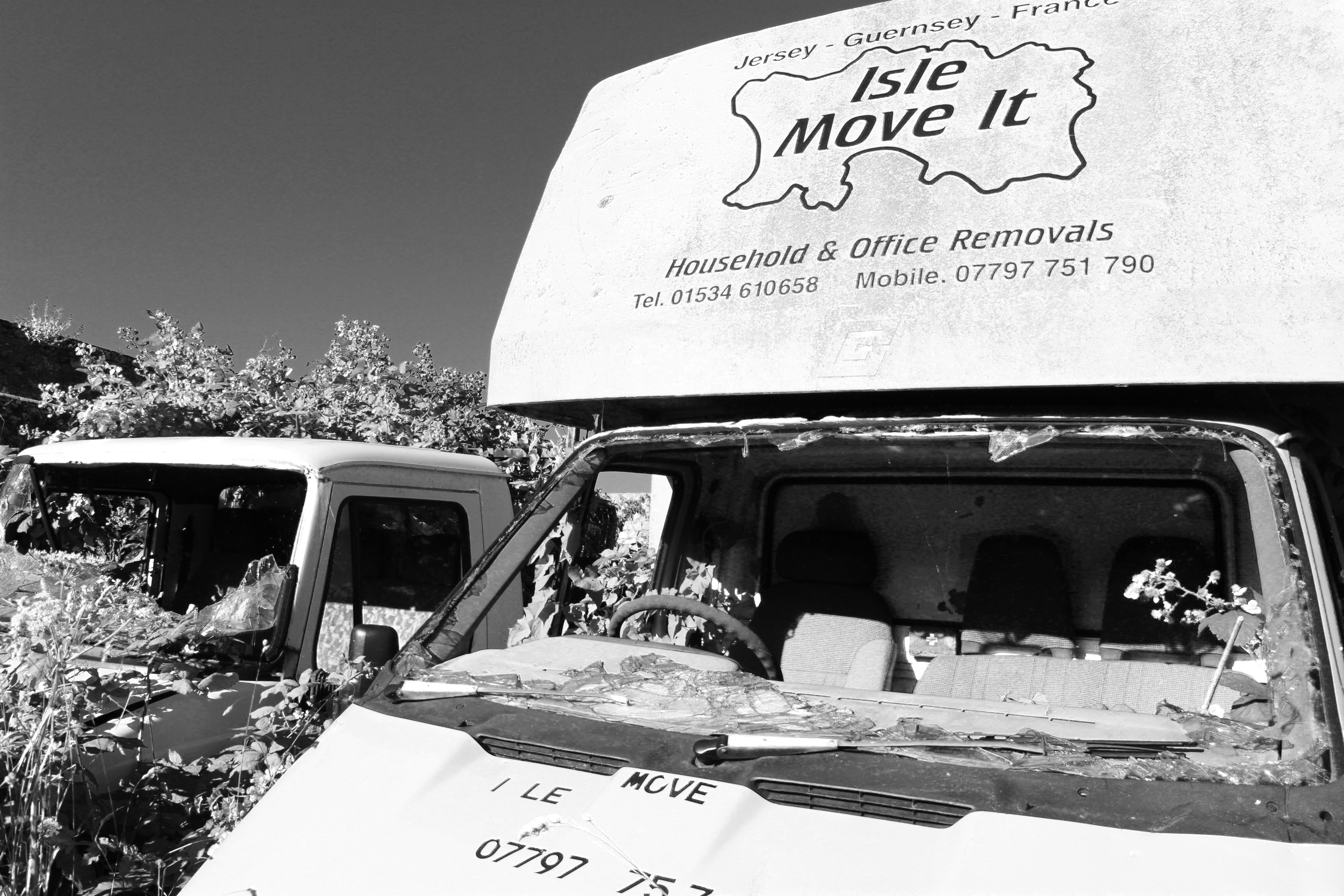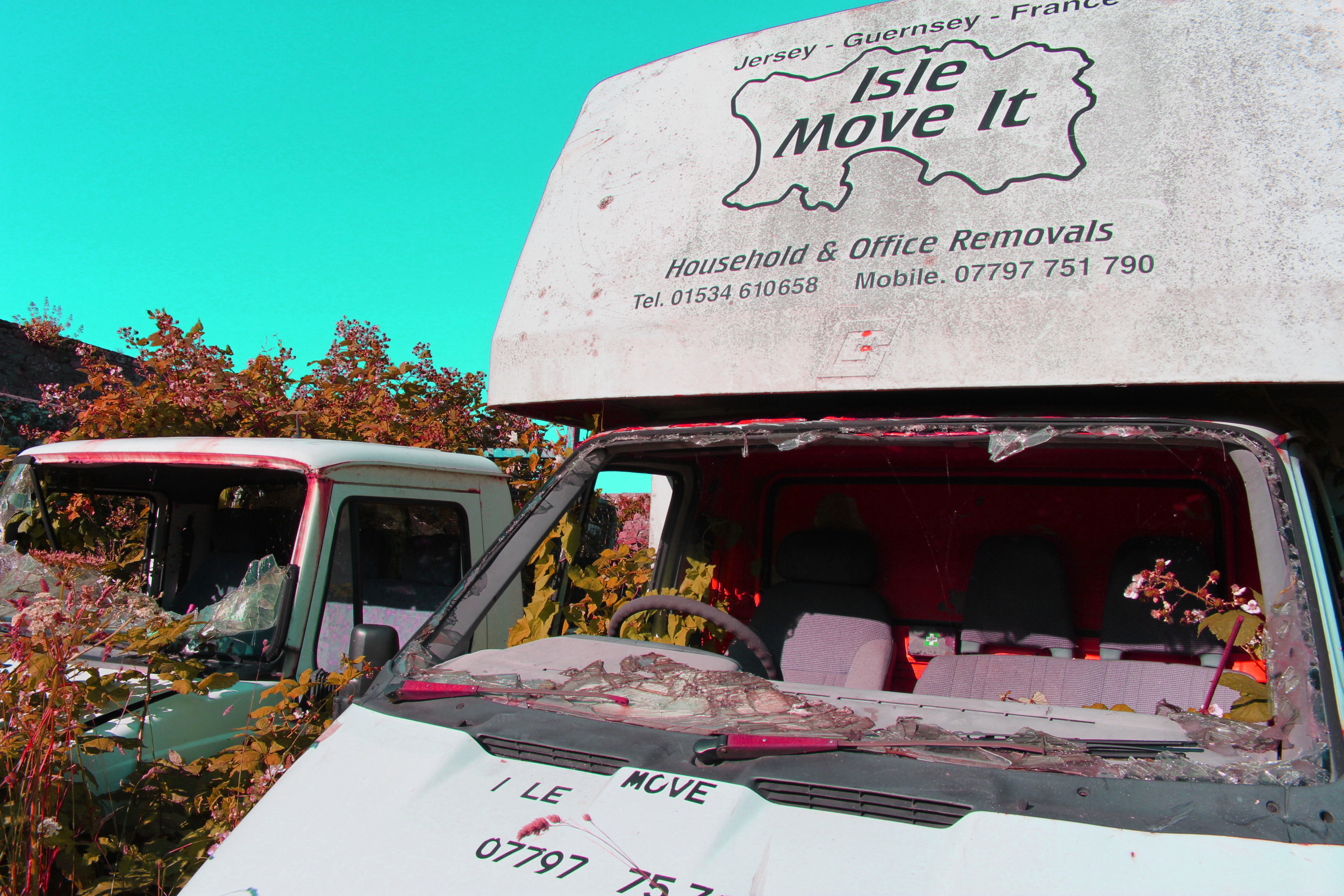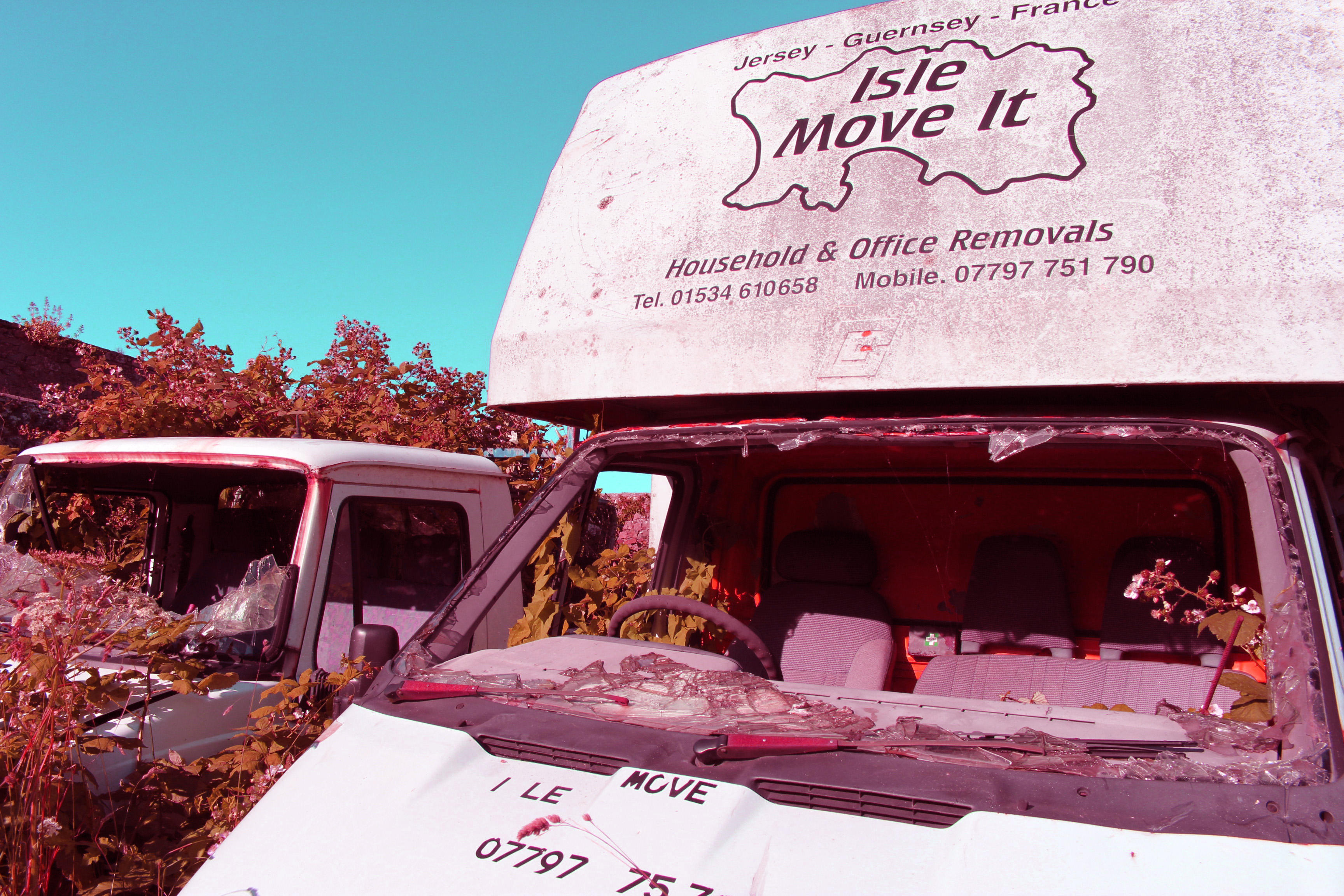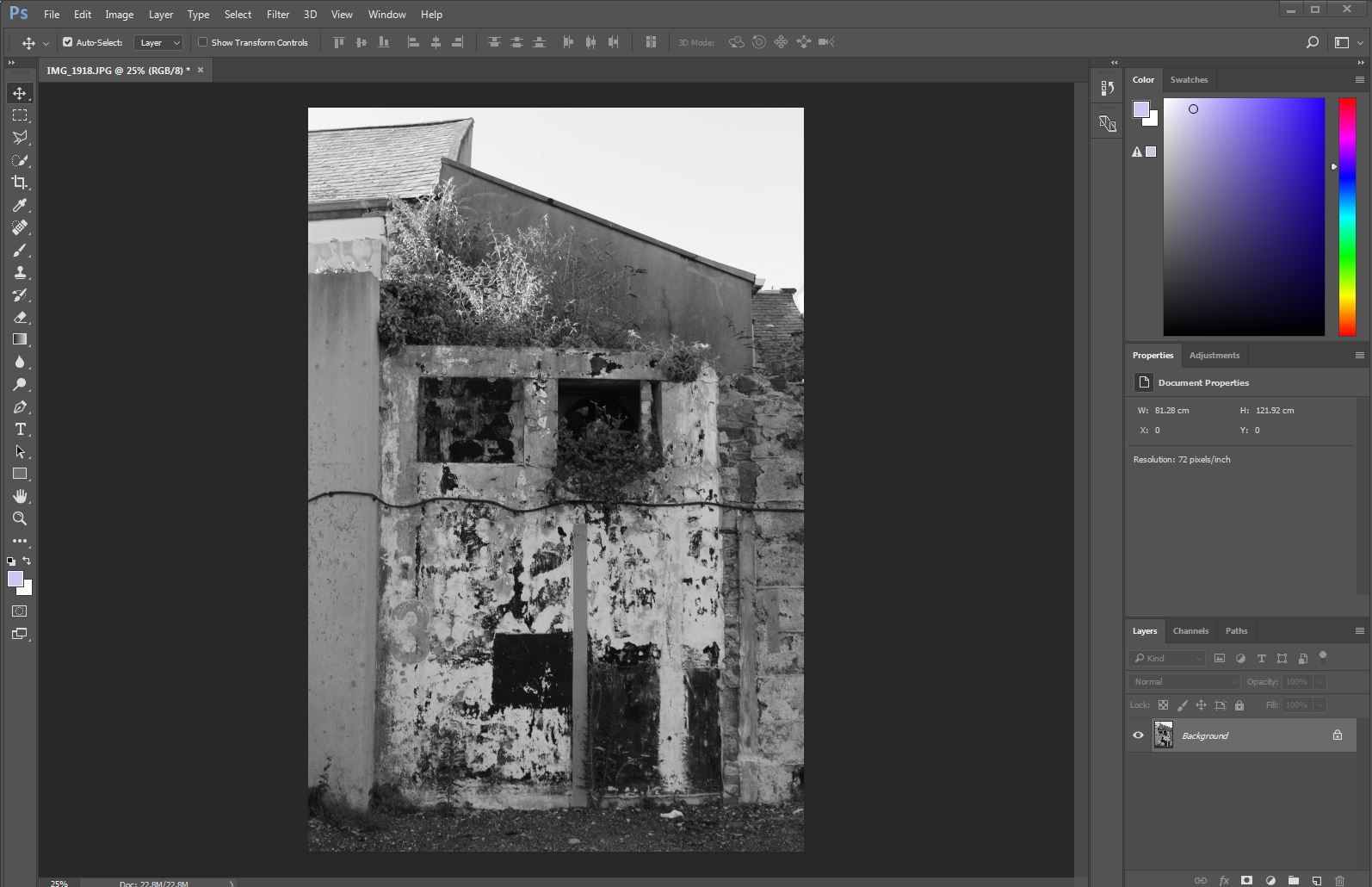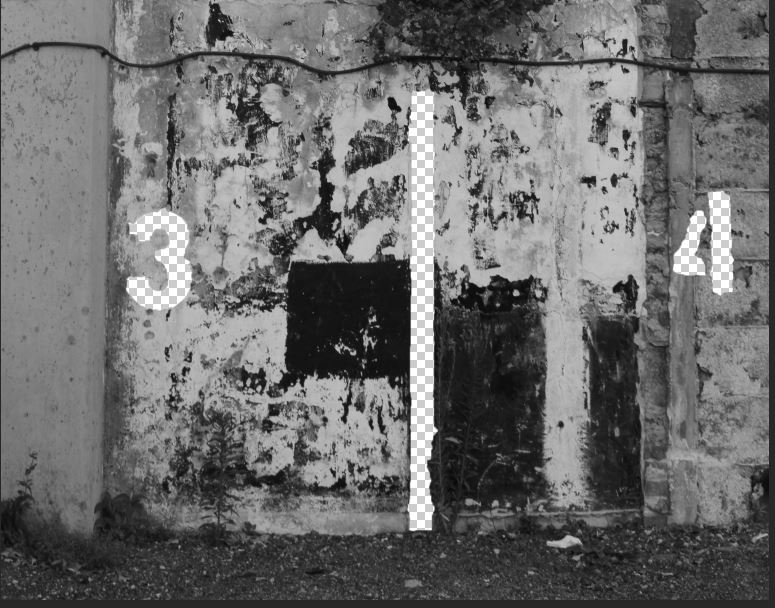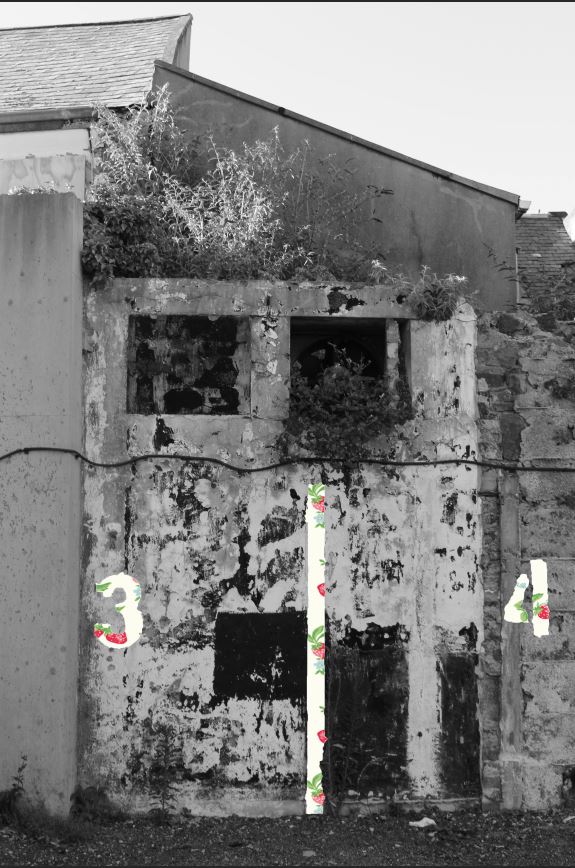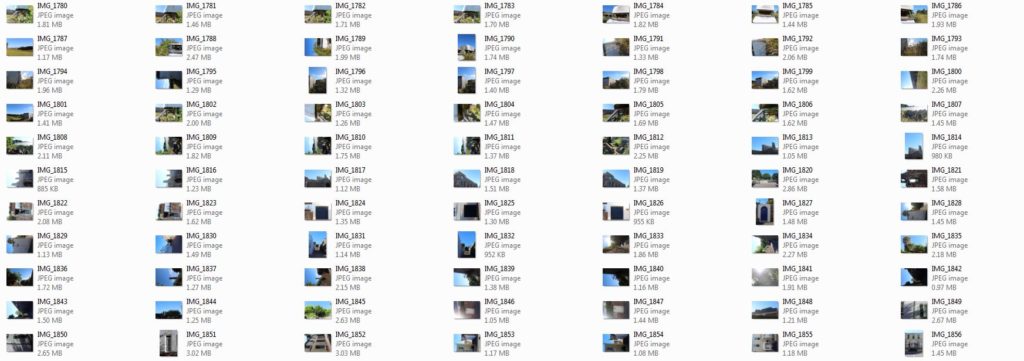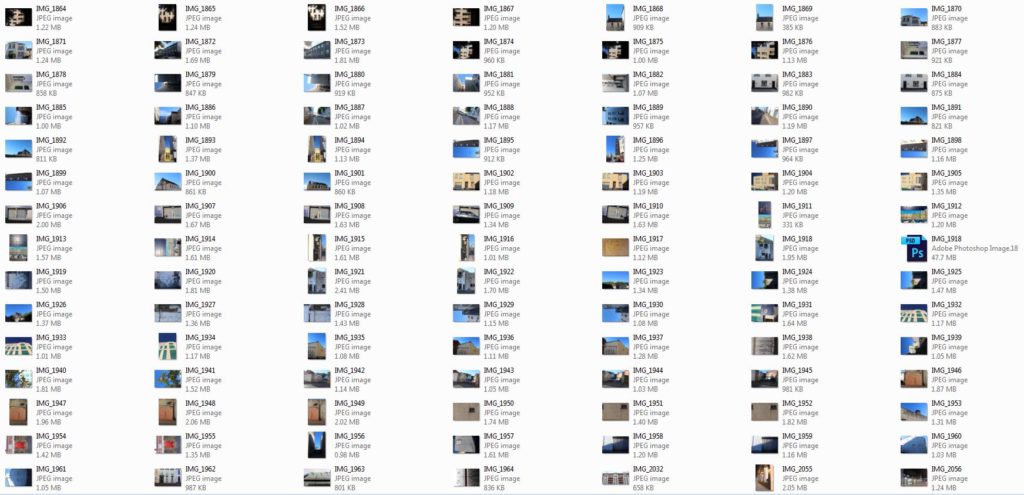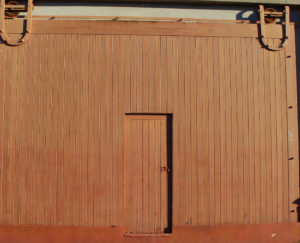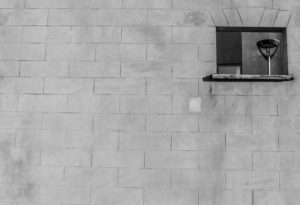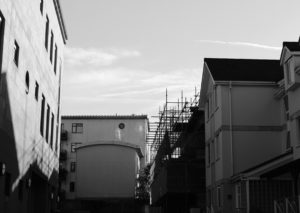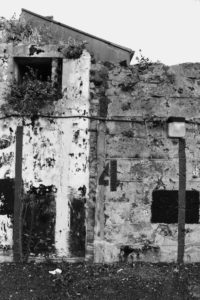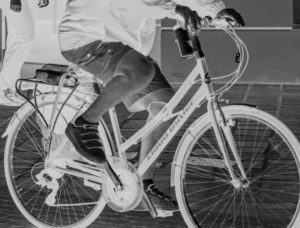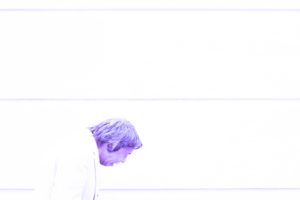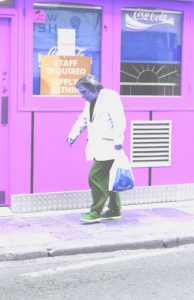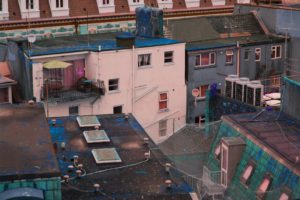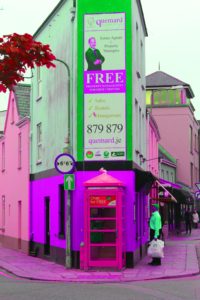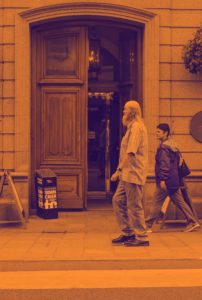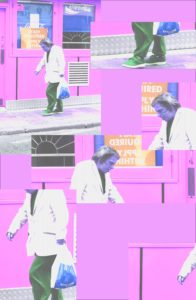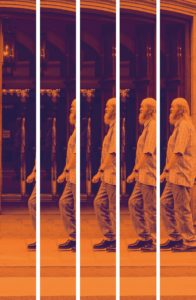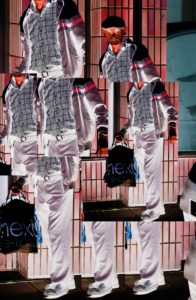I got the inspiration for my project to have this idea of peeling back parts of images to reveal an old-style wallpaper. Was when we were on location on the building sites, in which we walked into a house that was midway through being knocked down in which all of the walls had been ripped out. As I walked through the house i came to a room which i could only assume would have been a child bedroom, in which the only thing remaining was a small strip of an animation themed wallpaper, which gave me the idea to have this sort of torn out effect to reveal an old fashion wallpaper.
I first experiment with this idea, from using an image of a finance building down at the waterfront, I have the idea to use the wallpaper the would stereo-typically see in a grandparent house; As the connotation that many people have to their grandparents is that they are very warm, opening and loving, whereas in contrast to the finance industry in Jersey, which has been given the reputation of being very harsh, cold and negative. so I thought that by placing the two very opposite messages to get would create a nice juxtaposition.